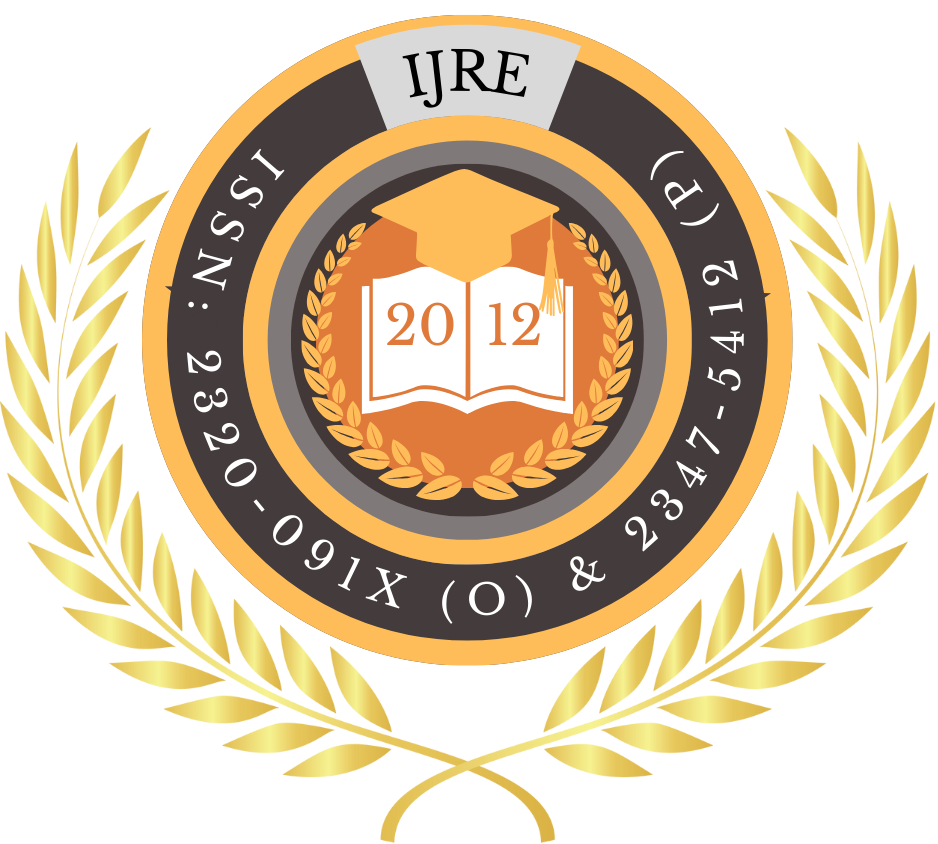![]()
Certificate: View Certificate
Published Paper PDF: View PDF
Deepak Chatterjee
Independent Researcher
West Bengal, India
Abstract
Virtual education has soared in prominence, offering flexible, scalable learning opportunities. Yet for hearing‑impaired students, myriad barriers—from inaccessible audio content to poorly designed interaction modalities—undermine equitable participation. This study develops and evaluates a barrier‑free virtual education framework tailored specifically to secondary‑level hearing‑impaired learners. Integrating high‑accuracy captioning, real‑time sign‑language interpretation, Universal Design for Learning (UDL) principles, and comprehensive instructor training, the intervention was deployed across three schools serving 120 students. Employing a mixed‑methods design, quantitative outcomes (course completion, assessment scores, engagement metrics) were compared to the previous academic year, while qualitative insights were gathered via focus groups and instructor interviews. Results demonstrate a substantial increase in course completion (74% → 92%), average exam scores (68.4 → 81.7), and student engagement (forum posts +45%, live attendance +25%). Thematic analysis reveals enhanced comprehension, confidence, and community, alongside technical challenges related to caption latency and interpreter coordination. Educational implications include policy mandates for universal accessibility, investment in assistive technologies, embedded UDL curriculum design, and ongoing professional development. This comprehensive evaluation underscores that barrier‑free virtual education is not only feasible but essential for closing the equity gap in remote learning, and provides a scalable model for institutions worldwide.
Keywords
Barrier-Free, Virtual Education, Hearing-Impaired, Accessibility, Inclusive Pedagogy
References
- American with Disabilities Act of 1990, Pub. L. No. 101-336, 104 Stat. 327 (1990).
- Jones, A., & Brown, L. (2017). Instructor readiness for accessible online teaching. Journal of e-Learning and Teaching, 14(2), 45–58.
- Lin, H., & Wang, S. (2020). Evaluating automated speech recognition for educational captioning. Assistive Technology Research, 7(1), 22–35.
- Meyer, J., & Patel, R. (2018). Captioning practices in online higher education. Journal of Accessibility in Learning, 5(3), 112–127.
- O’Reilly, T. (2020). Building community: Peer support in online classrooms. International Review of Distance Education, 12(4), 67–81.
- Rodriguez, M. (2019). Sign-language avatars: A new frontier in virtual accessibility. Disability and Rehabilitation: Assistive Technology, 14(5), 451–459.
- Rose, D. H., & Meyer, A. (2006). Teaching Every Student in the Digital Age: Universal Design for Learning. ASCD.
- Smith, K., Nguyen, T., & Lee, P. (2021). Multimodal content delivery for diverse learners. Educational Technology & Society, 24(2), 99–113.
- Thompson, G., & White, S. (2019). The role of accessibility coordinators in higher education. Journal of Postsecondary Accessibility, 2(1), 5–19.
- United Nations. (2006). Convention on the Rights of Persons with Disabilities. United Nations.
- World Health Organization. (2021). Deafness and hearing loss. Retrieved from https://www.who.int/news-room/fact-sheets/detail/deafness-and-hearing-loss
- Adcock, J., & Huber, M. (2018). Real-time captioning in K–12 online instruction. Journal of Special Education Technology, 33(1), 3–15.
- Bates, T. (2020). Ensuring equity in online learning. In G. Salmon (Ed.), The Future of Learning and Teaching (pp. 98–114). Routledge.
- Clark, E., & Samson, K. (2019). Assistive technologies for deaf learners: A systematic review. International Journal of Educational Technology, 15(4), 54–72.
- Ellis, R., & Martin, D. (2021). Captioning accuracy and student outcomes. Learning Analytics Journal, 9(3), 205–220.
- Gonzalez, A., & Thomas, R. (2020). Virtual interpreters: Best practices and challenges. Disability Studies Quarterly, 40(2).
- Harrison, P., & Liu, Y. (2021). Inclusive design frameworks for online course development. Journal of Educational Multimedia and Hypermedia, 30(1), 1–19.
